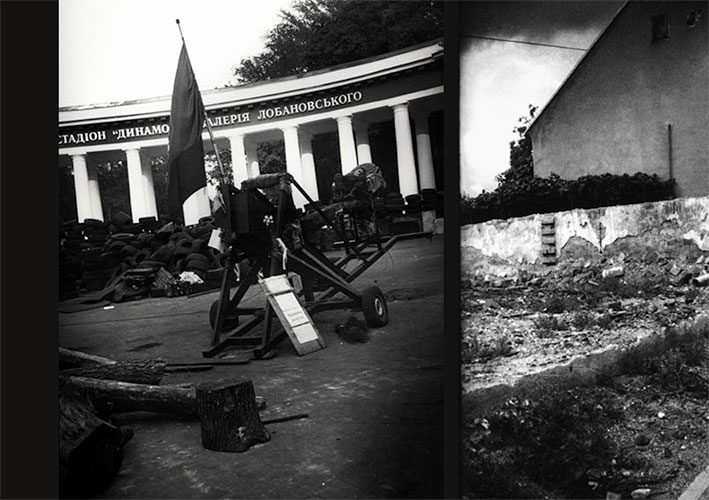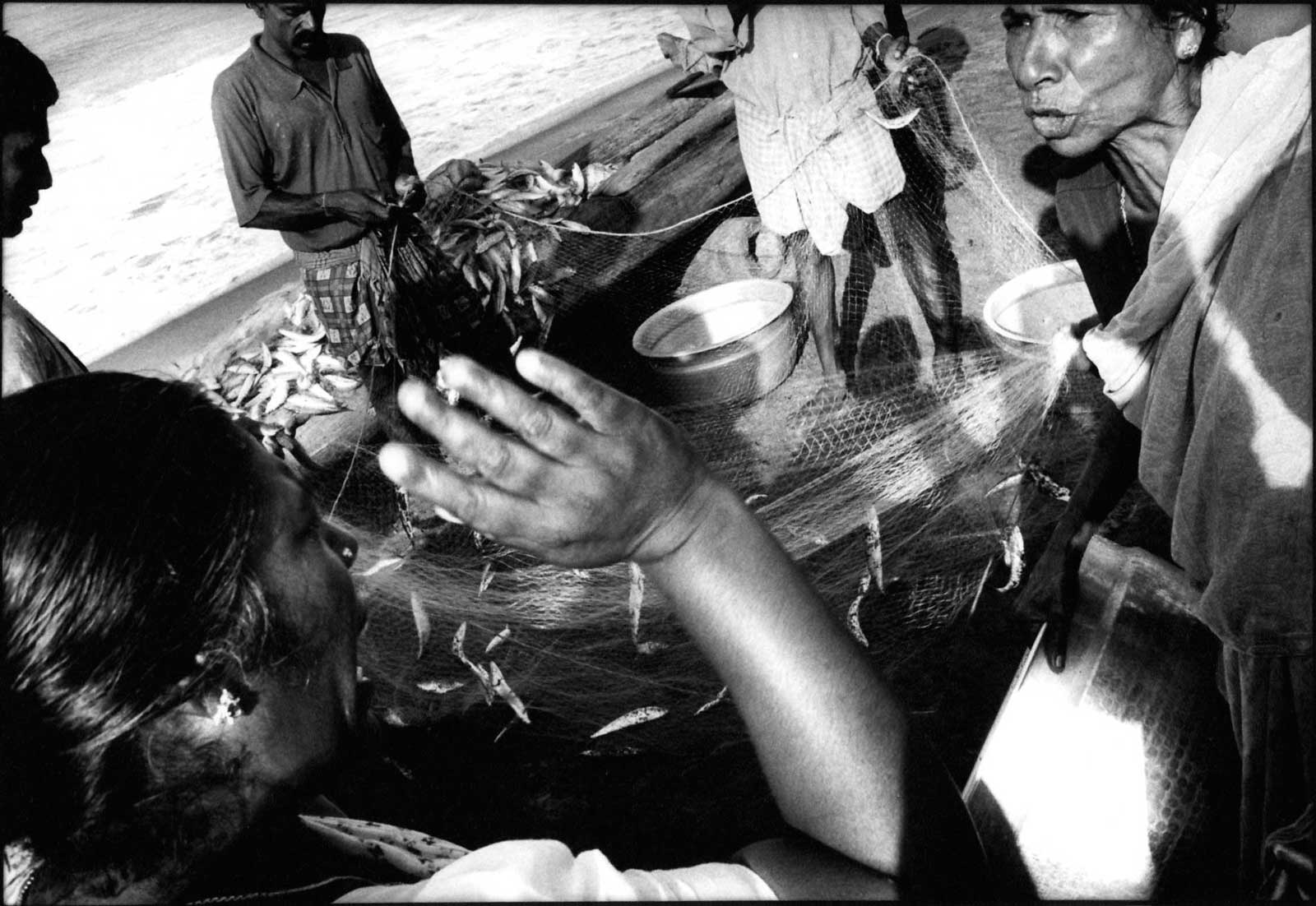
Oktober 2016 – Publikation borders and beyond
Fishing for stones: the photography of Wolf Böwig
by Pedro Rosa Mendes
A lot of what stands today as contemporary photojournalism is somehow saturated with «events» and «facts», as digital technology and social media conspire to make reality invisible to itself by its very ueber-exposure. The truth is, we reached the point where we see an overwhelming-lot more than what we are honestly able to understand. The paradox of contemporary journalism, in the fast-evolving global information ecosystem, is that broader visibility means narrower attention. Worse yet, the increasing democracy of tools is actually reinforcing single narratives. This is where the art and the ethics of documentary photography have a crucial contribution to give, as it is evident on the unique body of work of photographer Wolf Böwig.
News-focused journalism has mostly worked in the basis of addressing the core questions of a good lead: what, who, where, when. The main purpose of a mainstream news piece is to situate the audience in a bi-dimensional canvas and, if possible, convey the inherent comfort that comes with all linear stories. News happens when time and space are identified to cross each other’s path. By contrast, Wolf Böwig aims at capturing each moment through its complex, multiple inscriptions, which in turn are rendered as multi-layered narratives that weave each individual within societies, and allow each person to claim his/her place in relation to the group, the community, the nation, the caste, the State – or simply, the fight. (A remarkable example is the dilution of late commander Ahmed-Shah Massoud in the anonymity of other Afghan men and women embroiled in the civil war.)
Böwig’s photography is atypical in the way it interrogates «facts» by placing them in the continuum of interactions and memories where they truly belong. This implies an exploration of the systems (for instance, of power, of identity, of conflict) and the processes (for instance, of dislocation, exile, urbanisation, exploitation, globalisation, conversion, dispossession, redemption, erosion – eg. social or environmental, etc) underlying a particular story in a particular moment.
Such an approach to photojournalism – a definition that poorly captures the immense breadth of what Böwig is doing for more than two decades now – is fundamentally rendered through a working ethics based in personal commitment and technical mastery. I don’t know any other photographer that, as a rule, immerses into the topic for so many months on end while navigating, indeed exploring, the web and the layers of human inscriptions build over time (years, generations, centuries) in a given landscape. This is true for his work in West Africa, making sense of a complex cartography of war with an epicenter in Charles Taylor; for his archeology of the present along the Durand-Line; or for his persistent depiction of the heavy footprint that globalisation is leaving in South Asia.
Pictures often miss the elements that could make them significant beyond literal representation. Not that they speak about things distant; they simply couldn’t understand the place where they were shot. What is remarkable, then, is that Böwig manages to capture documented realities by placing himself above and beyond their very occurrence: like if the photographer is there ahead of things happening, and staying afterwards. His work is not urgent: it seeks relevance instead.
To say it by way of one of my favourite photos by Wolf: the fact is that a fisherman immerses himself in the Jamuna river, in Bangladesh; the reality is that the man is fishing stones drifted from India.
borders and beyond (download pdf)
